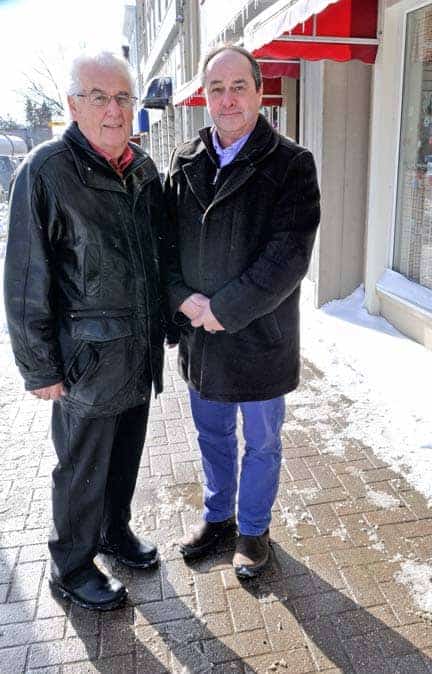;
;
;
Next Article
Stroller classes a good fit for moms

Economic forces are lining up against the new home market, say area homebuilders. With Waterloo Region’s plan to significantly raise development charges, talk of the implementation of a harmonized sales tax (HST), and more restrictions in the recently approved regional official plan (ROP), homebuild
Last updated on May 04, 23
Posted on Jun 26, 09
4 min read
